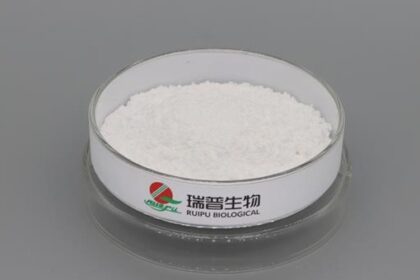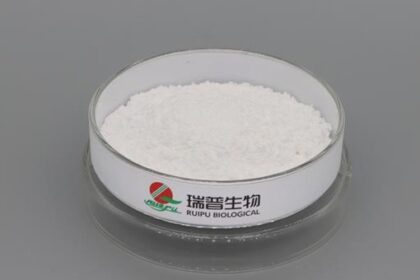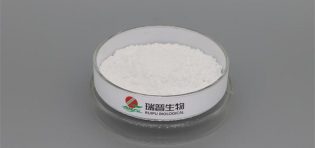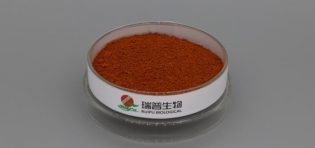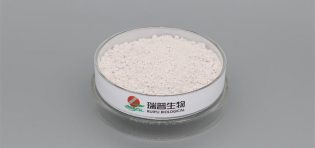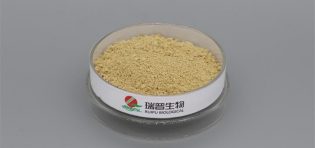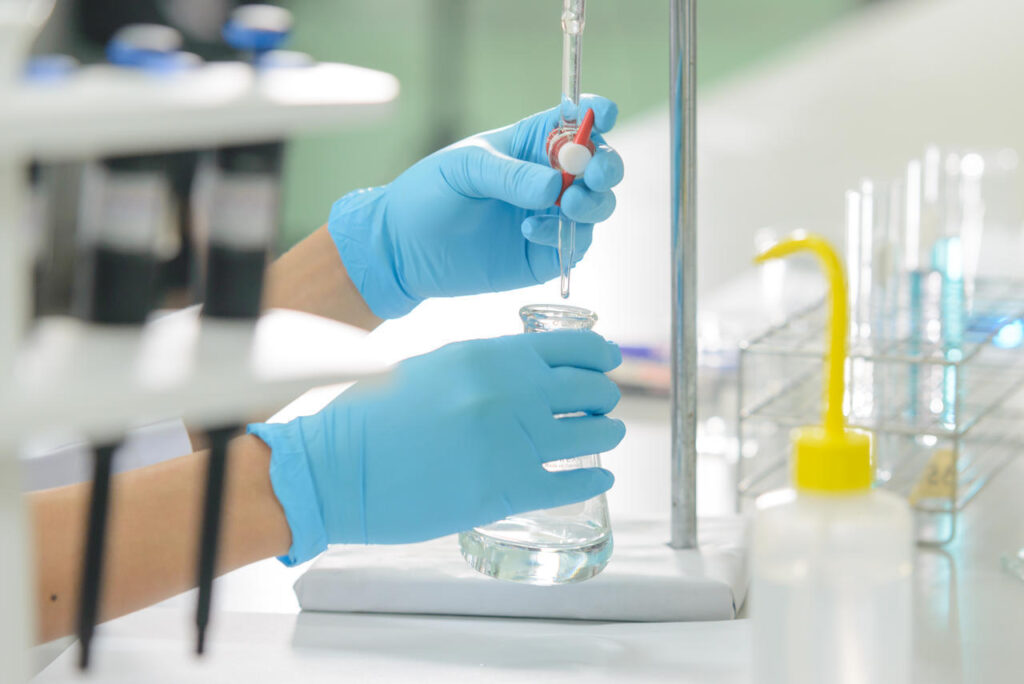
Testing the purity of magnesium citrate involves several methods and techniques commonly used in quality control and analysis of chemical compounds. Method to test the purity of magnesium citrate has a high - performance liquid chromatography (HPLC), titrations, spectroscopy, X - ray diffraction (XRD), melting point analysis,elemental analysis,differential scanning calorimetry (DSC),gravimetric analysis,ect.
HPLC is a widely used technique to determine the purity of chemical compounds.It separates and quantifies individual components in a sample.To test the purity of magnesium citrate, you would prepare a sample, inject it into the HPLC instrument, and compare the results with a known standard of pure magnesium citrate.The presence of any impurities or other compounds can be detected by variations in retention times and peak shapes.
Titrations involve adding a reagent of known concentration to the sample and measuring the volume required to reach an endpoint.For magnesium citrate, you could perform a titration using a suitable titrant, such as a strong acid or a solution of EDTA (ethylenediaminetetraacetic acid), to determine the exact concentration of magnesium in the compound.The closer the titration result is to the theoretical value, the higher the purity of the magnesium citrate.
Various types of spectroscopy, such as UV-Vis (Ultraviolet-Visible) or IR (Infrared), can be used to analyze the compound's absorption or emission spectra.These methods can provide information about the chemical structure and the presence of impurities or contaminants in magnesium citrate.
XRD can be used to determine the crystalline structure of a compound.This method can help identify the presence of impurities if they differ in crystal structure from the pure magnesium citrate.
Magnesium citrate should have a specific melting point.Determining the melting point of your sample and comparing it to the known melting point of pure magnesium citrate can provide insights into its purity.Impurities or contaminants may cause the melting point to deviate.
Elemental analysis, such as atomic absorption spectroscopy (AAS) or inductively coupled plasma (ICP) analysis, can determine the elemental composition of the compound.This method is useful for verifying the presence of magnesium and identifying other elements or impurities in magnesium citrate.
DSC measures the heat flow associated with thermal transitions in a sample.It can be used to identify any changes in the thermal behavior of magnesium citrate, which can indicate impurities or variations in composition.
Gravimetric analysis involves the measurement of a change in mass during a chemical reaction. For magnesium citrate, you could perform a gravimetric analysis to determine the percentage of water content, as excessive moisture can affect the purity of the compound.
When testing the purity of magnesium citrate, it's essential to follow standardized procedures and consider the specific impurities or contaminants that may be of concern.The choice of method will depend on the nature of the impurities and the equipment and expertise available.


